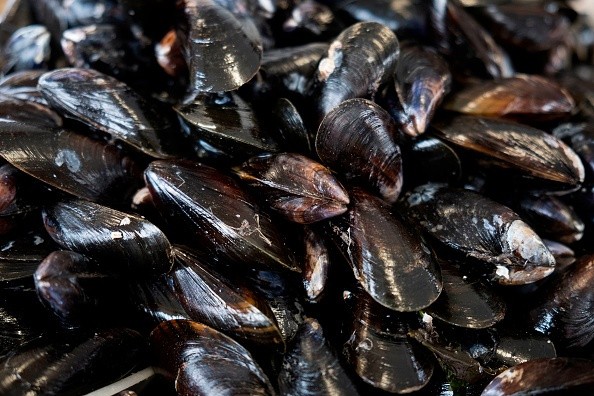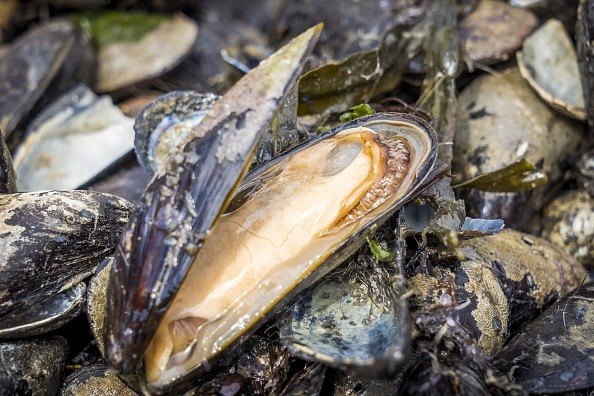Researchers recently discovered a cluster of endangered native mussels in the St. Croix River, and some of them are still alive, scientists are convinced they are more than a century old.

Researchers Amazed by the Discovery
The finding was surprising, according to experts, because the host fish which the mussels are supposed to reproduce had been unable to migrate upstream since the St. Croix Falls Dam close to St. Croix Falls, Wisconsin, was built in 1907.
A section of the St. Croix upstream of the dam was searched by biologists from the Wisconsin Department of Natural Resources, the University of Minnesota, and the National Park Service in August, according to MRP News.
They were in search of spectaclecase mussels, a local mollusc species known for its elongated shape, which resembles an eyeglass case. They looked in an area where mussels had been discovered more than 30 years before.
"Lo and behold, there we found them, in these rock piles up there above the dam," said Lisie Kitchel, a conservation scientist with the Wisconsin Department of Natural Resources' Bureau of Natural Heritage Conservation.
"They have to be really old mussels, because their host fish no longer occurs above that dam. So they had to have been there - or from mussels that were there - before the host fish was lost."
She claimed that although some of the mussels were dead, around eight were still alive.
How Old Are the Mussels?
Biologists can usually identify how old a mussel is by looking at the growth rings on its shells, which are similar to those on a tree.
Scientists couldn't detect the lines because the mussels were so ancient and their shells were so damaged, according to Kitchel. This winter, they want to study cross-sections of the dead mussel shells to figure out how old they are.
Given the dam's construction over a century ago, biologists assume they must be more than 100 years old.

Efforts to Restore the Population of Native Mussels
The spectaclecase, like other mussels, expels larvae called glochidia, which must connect to a host fish's fins or gills in order to grow into young mussels. The host fish of spectaclecase mussels, goldeye and mooneye, are no longer able to move as far upriver since the dam was erected.
The living mussels were restored to their river environment by biologists. Kitchel believes it's unlikely that they're still producing glochidia at their advanced age.
Many kinds of mussels had diappeared in Upper Midwest rivers, notably the St. Croix and the Mississippi, where biologists have been attempting to bring back native mussel populations.
Threats Spectaclecase Mussels Are Facing
According to Kitchel, native mussels are filter feeders that can siphon 10 to 15 liters of water each day, assisting in the removal of contaminants from rivers and lakes. They also emit nutrients that are vital for other creatures to survive.
In Minnesota and Wisconsin, spectaclecase mussels are on the federal and state endangered species lists. Population decline due to dams, pollution, extra silt that clogs the water, and competition from alien species are just some of the dangers they face.
The mussel finding, according to Kitchel, is an indication of the St. Croix's health, since it was one of the first rivers in the US to be designated for protection under the federal Wild and Scenic Rivers Act in 1968.
For more news, updates about mussels and similar topics don't forget to follow Nature World News!
© 2025 NatureWorldNews.com All rights reserved. Do not reproduce without permission.





